Throughout history, magic has fascinated the human imagination. From ancient rituals to modern depictions in literature and film, the dark arts have been a particularly intriguing aspect of magic. Often associated with mystical powers, forbidden knowledge, and the supernatural, dark art embodies the shadowy side of human curiosity about the unseen forces of the world. While some view these practices as evil, others see them as a path to unlocking deeper truths or connecting with hidden energies beyond the physical realm.
This blog post will take an in-depth look at the dark arts, examining their origins, essential elements, famous historical figures, practices, and representation in popular culture by the end, you’ll clearly understand what the dark arts are, the allure they hold, and how they have shaped human culture over the centuries.
The Origins of the Dark Arts
The art concept is rooted in ancient practices and belief systems predating recorded history. Humans have sought to explain the mysteries of life and death, the forces of nature, and the universe’s workings through the lens of magic and supernatural powers. The dark arts were often tied to occult practices, alchemy, and mystical rituals believed to invoke forces beyond human control.
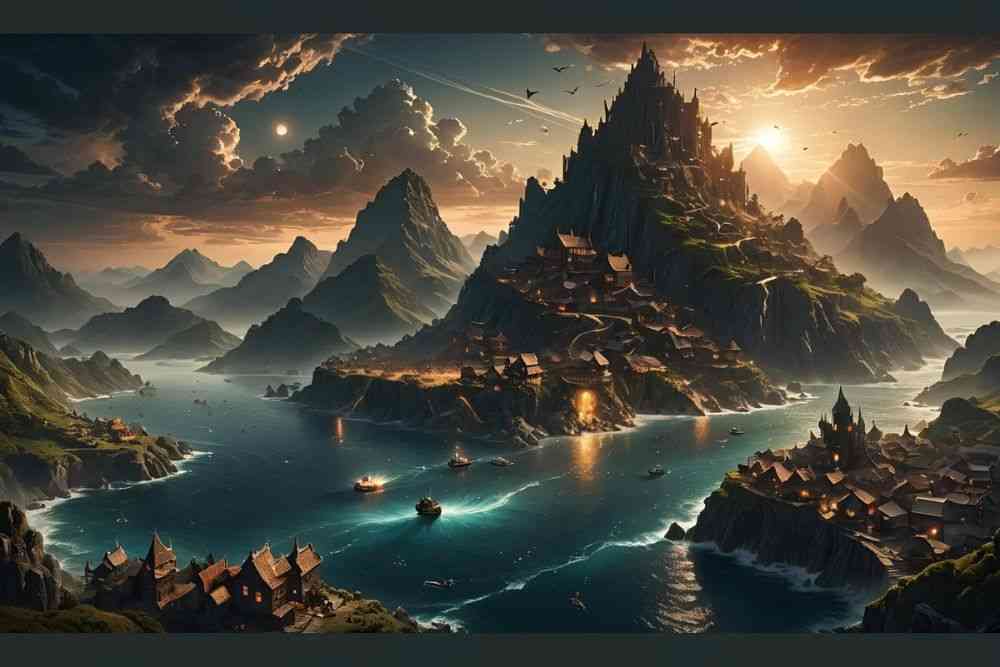
Early Civilizations and the Dark Arts
- Ancient Egypt: In Egypt, magic, or heka was considered a fundamental part of the universe. Egyptian sorcerers and priests were believed to wield power over life and death, using spells and amulets to communicate with the gods and protect against evil forces. The Egyptians also practiced necromancy (communication with the dead) and other rituals that are now considered dark arts.
- Mesopotamia: Mesopotamian civilizations believed in a pantheon of gods and spirits, with magicians as intermediaries between these entities and the physical world. Summoning spirits for protection or revenge was expected, and dark arts were sometimes used to curse enemies or manipulate fate.
- Medieval Europe: The dark arts became synonymous with witchcraft and sorcery in medieval Europe. The fear of witches and dark magicians led to infamous witch hunts and trials, where those accused of practicing dark art were often tortured or executed. As depicted in many stories, the arts were seen as a way to gain power by making pacts with demonic forces.
Alchemy and the Dark Arts
Alchemy, often seen as a precursor to modern chemistry, was another practice closely tied to the dark arts. While alchemists sought to transform base metals into gold and achieve immortality, their work was shrouded in secrecy and mysticism. Many alchemists were accused of practicing dark arts due to their attempts to manipulate the natural world and achieve what seemed impossible through esoteric knowledge.
Paracelsus, a 16th-century physician and alchemist who believed in hidden spirits and forces in nature, is the most famous figure associated with the dark side of alchemy. His work delved into healing and manipulating spiritual energies, blending what we now consider science with occult practices.
Critical Elements of the Dark Arts
The dark arts encompass a variety of practices, each with its own specific goals, rituals, and tools. Some are meant to harm or control others, while others aim to gain personal power, wisdom, or immortality. Here are some of the core elements of the dark arts:
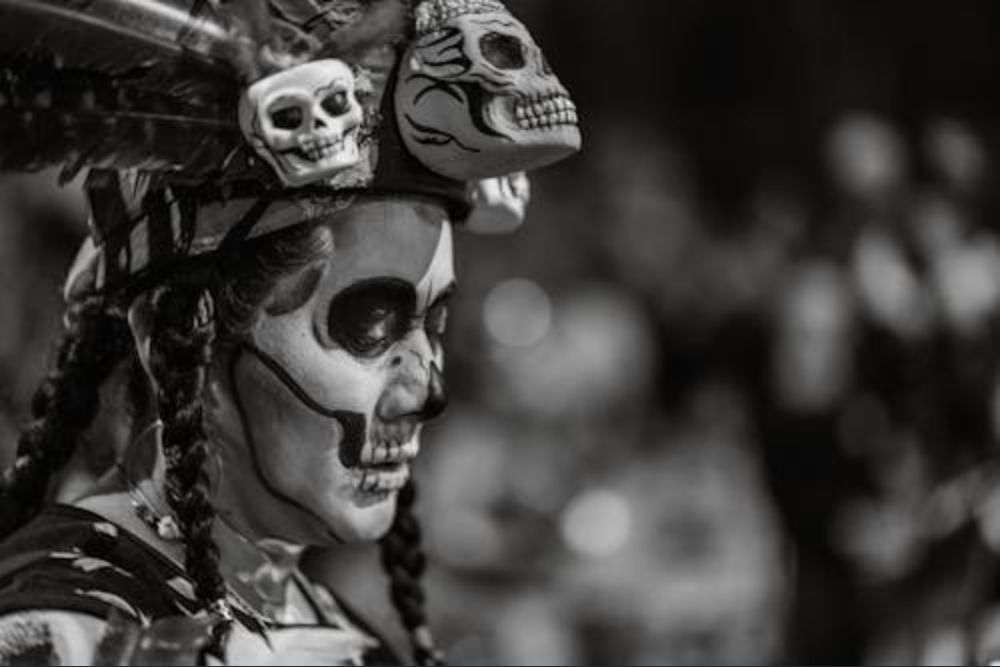
Black Magic
Black magic is perhaps the most infamous form of dark arts. It refers to using supernatural powers or magic for selfish, harmful, or evil purposes. Practitioners of black magic are believed to summon demons, place curses, and perform hexes to manipulate people or events to their advantage.
- Curses and Hexes: These are spells intended to cause misfortune, illness, or death. In many cultures, it is believed that witches or dark magicians can place curses on their enemies by invoking demonic forces or creating effigies (voodoo dolls) that represent their victims.
- Summoning Spirits and Demons: An essential aspect of black magic involves invoking powerful spirits or demons to do the magician’s bidding. These spirits are often depicted as dangerous and require careful control lest they turn on the summoner.
Necromancy
Necromancy is the art of communicating with the dead to gain knowledge, ask for advice, or even raise the dead back to life. While necromancy was practiced in various ancient cultures, it became particularly associated with the dark arts during the medieval period when it was seen as an unholy act that defied natural laws.
Necromancers were believed to perform graveyard rituals, using sacred texts and artifacts to call forth spirits from the afterlife. These spirits could offer prophecies, answer questions, or assist in magical work.
Blood Magic and Sacrifice
Throughout history, blood has been viewed as a potent source of life and power, and in some dark art traditions, blood magic is practiced to harness this power. Blood rituals often involve sacrifices—of animals or, in some rare cases, humans—to appease deities or gain supernatural strength.
Sacrifice was shared in ancient civilizations, including the Aztecs, who believed that the gods needed the blood of living beings to maintain balance in the universe. Blood magic also appears in modern depictions of the dark arts, particularly in fantasy literature and horror films.
Demonology
The study of demons and their interactions with humans, known as demonology, plays a central role in many dark arts traditions. Practitioners of demonology seek to understand the hierarchy of demonic entities, summon these beings, and bind them to their will.
In medieval times, demonology was feared as a way to gain unholy power. Many grimoires (ancient magic books) contain instructions for summoning demons and performing dark rituals. The most famous of these is the Arts Goetia, part of the more extensive work known as The Lesser Key of Solomon, which outlines how to summon and control 72 demons.
Famous Historical Figures Associated with the Dark Arts
Over the centuries, several individuals have become notorious for associating with the dark arts. These figures have impacted how the dark arts are perceived, whether real or mythical.
Aleister Crowley
Often dubbed “The Wickedest Man in the World,” Aleister Crowley was a British occultist, writer, and ceremonial magician who founded the religion of Thelema. Crowley’s works, particularly “The Book of the Law,” delve into esoteric practices, and he was known for conducting rituals that some believed were part of the arts. While Crowley himself rejected the label of black magician, his controversial lifestyle and occult writings have made him a key figure in discussions of the dark arts.
John Dee
John Dee was a mathematician, astrologer, and alchemist in the court of Queen Elizabeth I. While he was a respected scholar, Dee became involved in the occult, specifically in angelic magic. He claimed to communicate with angels through a medium known as scrying (gazing into a reflective surface). Dee’s blend of science, mysticism, and magic has earned him a place in historical and occult lore, with some accusing him of practicing dark art.
Gilles de Rais
A far more sinister figure, Gilles de Rais was a French nobleman and former military captain who fought alongside Joan of Arc. However, he became infamous for his descent into alchemy, black magic, and horrific acts of violence, which led to his execution. De Rais was accused of summoning demons, performing dark rituals, and committing unspeakable crimes. His life became one of the most notorious examples of dark art practitioners crossing into real-life horror.
Dark Arts in Popular Culture
The dark arts have long been a staple of literature, film, and popular culture. Depictions of witches, wizards, and sorcerers wielding dark powers have captivated audiences for centuries. Here are a few key examples:
Harry Potter Series
In J.K. Rowling’s Harry Potter series, the dark arts play a central role in the battle between good and evil. Lord Voldemort and his followers, known as Death Eaters, practice the dark arts, using curses, hexes, and forbidden spells to spread fear and assert their power. In contrast, Hogwarts School teaches Defense Against the Dark Arts, a subject designed to prepare students to combat dark magic.
The Lord of the Rings
In J.R.R. Tolkien’s The Lord of the Rings, dark art is associated with the Ring’s corrupting power and the evil forces of Sauron. The dark arts manifest in the form of necromancy, sorcery, and manipulation of the natural world, leading to the creation of horrific creatures such as the Nazgûl.
Horror Films
Dark art is a frequent theme in horror films, where it is often linked to the supernatural and demonic possession. Films like The Exorcist, The Witch, and Hereditary delve into the consequences of invoking dark powers, with protagonists facing off against evil forces unleashed through occult practices.
The Allure and Danger of the Dark Arts
Dark art continues to intrigue people because it taps into our deepest fears and desires. The idea of gaining secret knowledge, controlling fate, and bending supernatural forces to our will is exciting and terrifying. However, the dark arts are also seen as dangerous, with the potential for great harm to both the practitioner and those around them.
In many traditions, the dark arts are considered morally ambiguous at best and outright evil at worst. Stories of those who have attempted to master the dark arts often end in tragedy, reinforcing that some powers are not meant to be wielded by mortals.
Conclusion
The dark arts have been woven into human history’s fabric, from ancient rituals to modern pop culture. While often feared and misunderstood, the dark arts represent an essential aspect of our fascination with the unknown and the supernatural. Whether viewed as a path to forbidden knowledge or a source of danger, dark art captures the imagination of those who seek to understand the mysteries of life, death, and the forces that lie beyond.
As we continue to explore the boundaries of science, spirituality, and magic, dark art reminds us of the fine line between light and shadow, knowledge and ignorance, and good and evil. While the temptation to explore these powers persists, history and folklore offer a cautionary tale: pursuing dark art often comes at a cost.


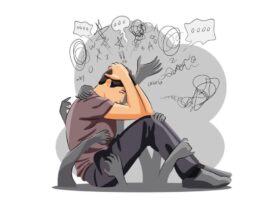


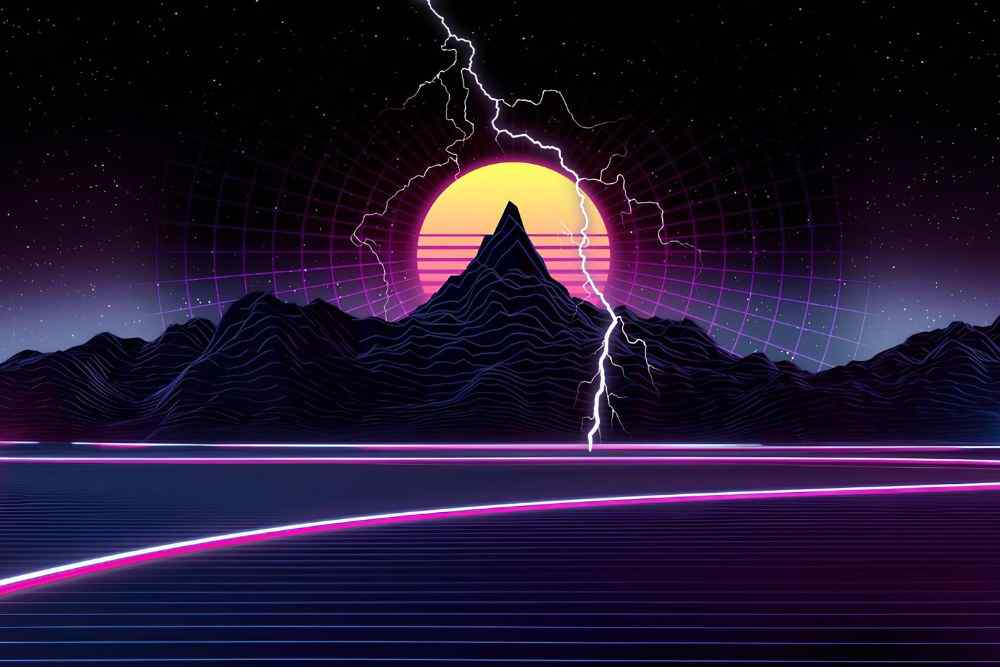







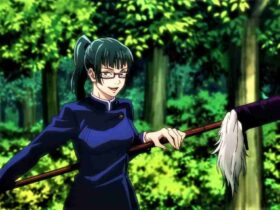

Leave a Reply